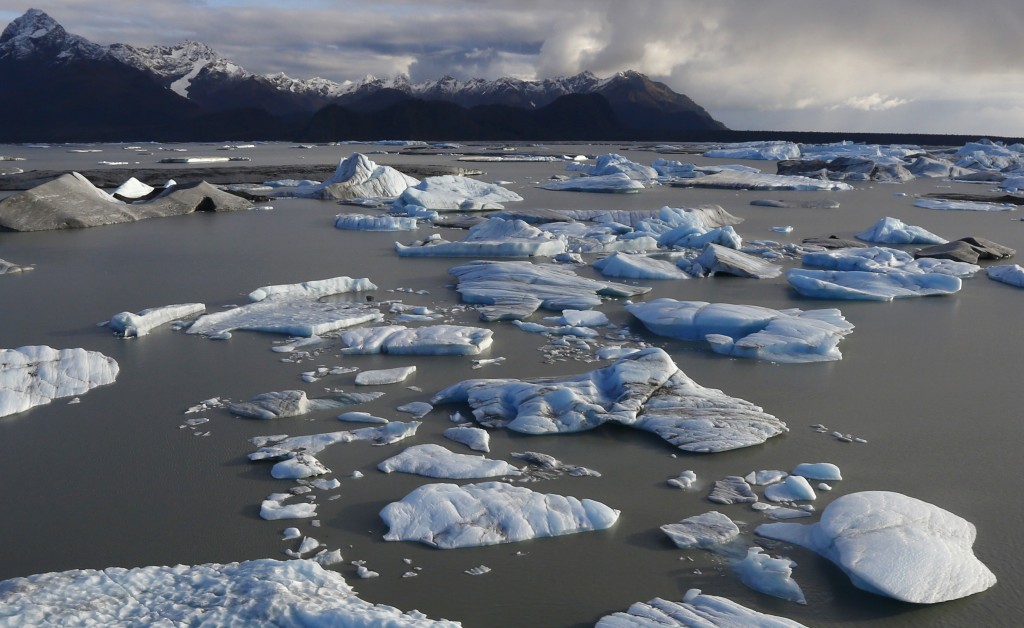Why 2 degrees Celsius is climate changes magic number

WILLIAM BRANGHAM:
Last year, NASA released this animation showing a year's worth of global carbon emissions compressed into a few minutes. And you can see the three main culprits right there: the U.S., Europe, and the new top emitter, China.
In advance of these Paris talks, many of the world's biggest emitters, including the top three, have made voluntary pledges to cut back their emissions. They're considered the most ambitious targets ever pledged, but will they be enough to stay below two degrees?
To answer that, a group of researchers created what's called a carbon budget. It's an estimate of how much carbon energy we can continue to burn while still staying under the two degree threshold. And, as you can see, fairly soon, a matter of decades, global carbon emissions will have to drastically go down to keep the warming in check.
But there's another problem. Just taking those pledges made by the U.S., the E.U., and China alone, by 2030, those three will account for nearly all the budgeted emissions, leaving barely anything for the remaining five billion people on Earth.
That includes entire continents like Africa and South America. It includes the subcontinent of India, which will inevitably emit more and more carbon as its 1.3 billion people buy more cars and ship more goods as its economy grows.
This is the challenge facing policy-makers in Paris: How does the world accommodate billions of people, people with growing energy needs that scientists say the planet simply can't tolerate? Most scientists see climate change as the biggest, most complicated long-term challenge the world has faced.
But, for some, there's optimism.
ncG1vNJzZmivp6x7sa7SZ6arn1%2Bjsri%2Fx6isq2ejnby4e9ahsGZqXZmyqL7Enqpmm5WhwKrB0magrGWTobaurdOeZJygkaO0pr%2BMppigoZNiu7a5wZ6p